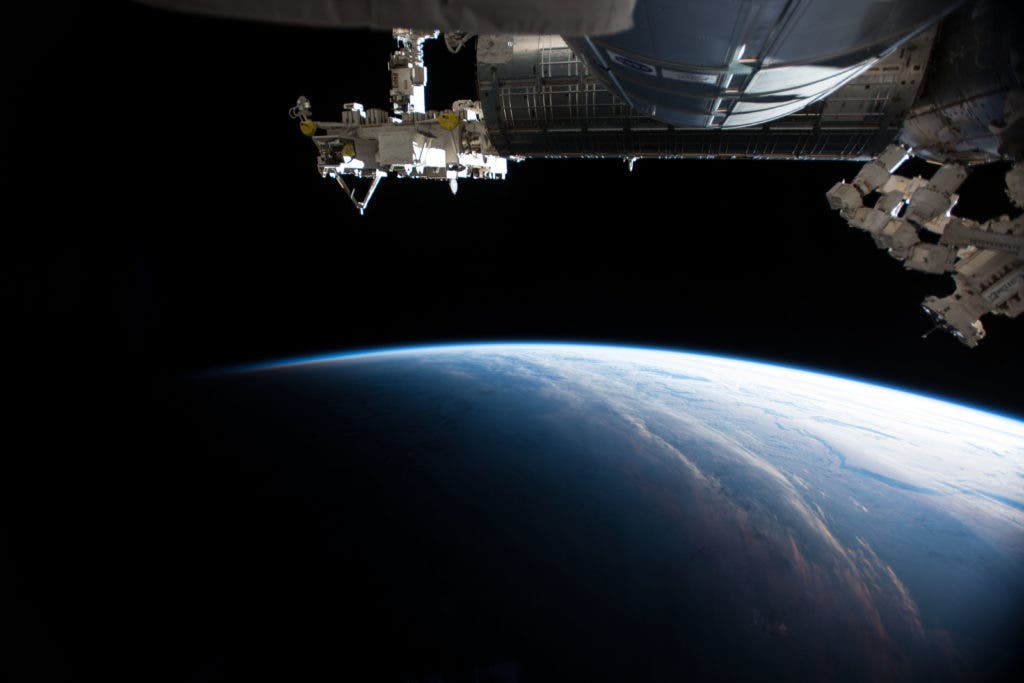Meals at the International Space Station (ISS) will soon get spicier thanks to a shift that will be crucial for the future of space travel.

A group of researchers at NASA is preparing for the final steps to launch the Española chile pepper into space in November. This will be the first fruit plant grown and harvested at the ISS by the United States.
“We were looking for varieties that don’t grow too tall, and yet are very productive in the controlled environments that we would be using in space,” NASA plant physiologist Ray Wheeler said.
“The astronauts have often expressed a desire for spicier and flavorful foods, and so having a bit of hot flavor also seemed to be a good thing. Plus, many peppers are very high in vitamin C, which is important for space diets.”
The initiative will be crucial as part of NASA’s plans to send astronauts to Mars. Scientists are working on ways to give astronauts diets with freshly grown fruits and vegetables, such as the Española pepper.
The shortest trip to Mars takes two years, and pre-packed meals wouldn’t provide enough vitamins and nutrients for astronauts on the journey. With that in mind, NASA has been working on alternatives.
“Just imagine having a fresh pepper to bite into after months of eating cardboard,” Jacob Torres, a scientist at NASA, said. “We need to grow enough to supplement diet. Just like here on Earth, we can’t live on the same thing.”
The peppers were specifically chosen by NASA because they surpass the main challenges of growing crops in space: surviving in a high-carbon environment and being easily pollinated. They also grow at high altitudes and have short growing periods.
Plants have difficulty growing in space, as their root systems are complex and typically use Earth’s gravity to orientate themselves. Astronauts have already coaxed plants into growing aboard the ISS by using special types of light and using techniques to help the plants figure out which way is “up” and “down”.
NASA is now preparing to send the peppers off to the International Space Station between November and January, if all goes according to plan.






